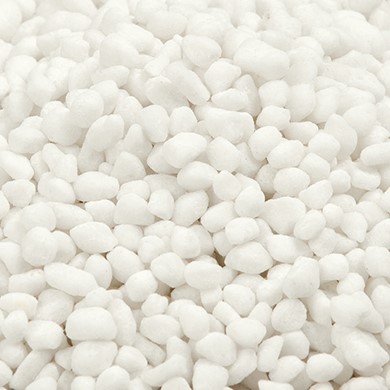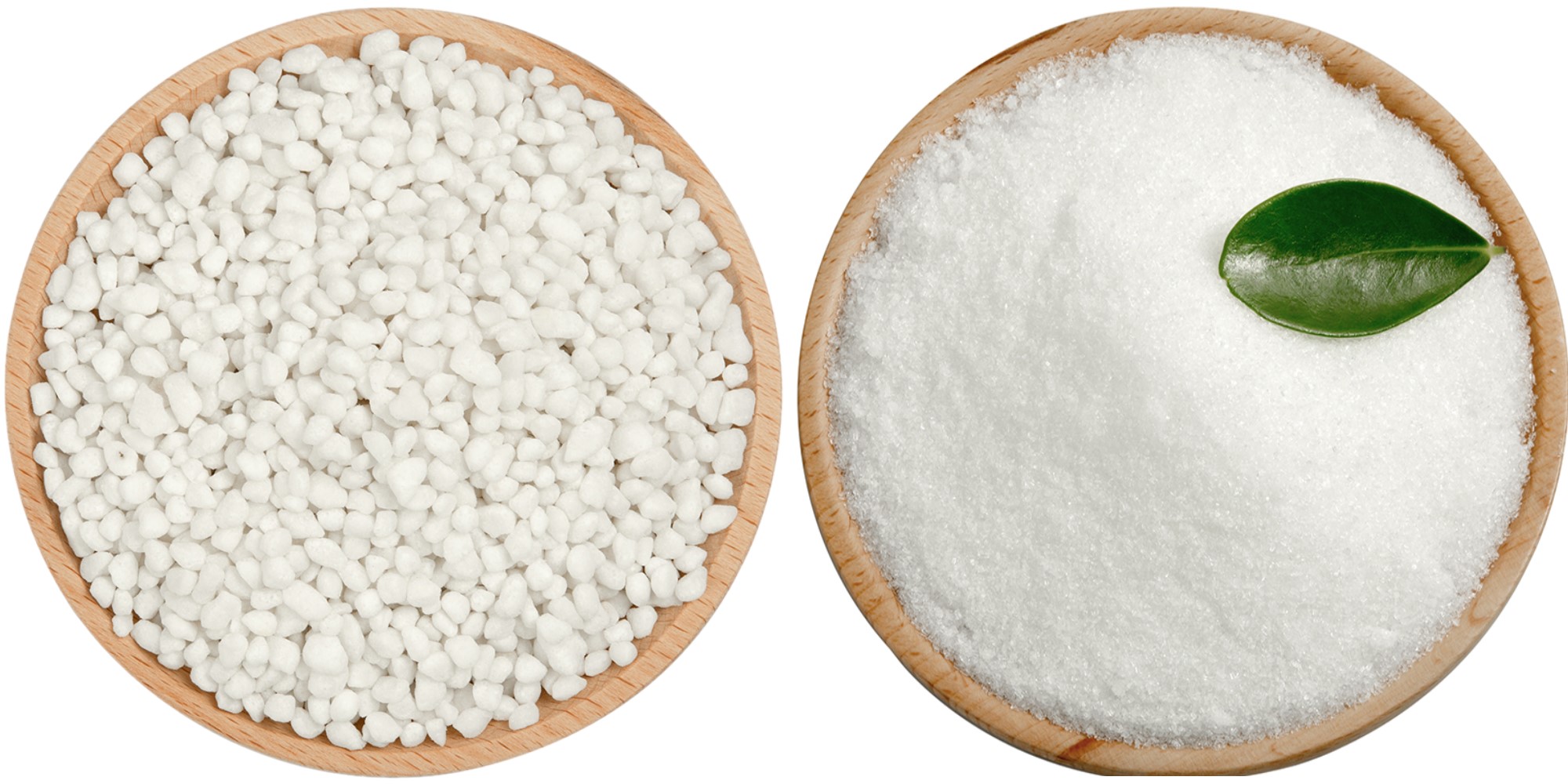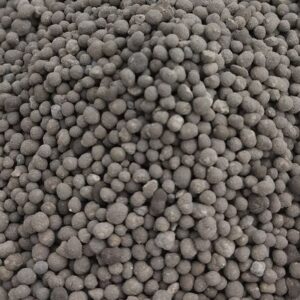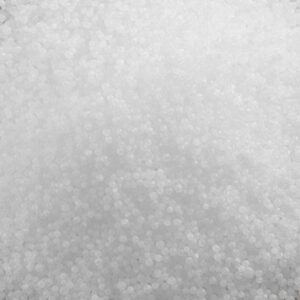Description
Ammonium Sulfate Granular&Crystal
Ammonium Sulphate contains nitrogen in readily available ammonium form and sulfur in fast-acting sulfate form. Ammonium Sulphate will continue to grow cost-effective feed in periods of cool/wet conditions.
Chemical Properties
Chemical formula: (NH4)2SO4
N content: 21%
S content: 24%
Water solubility 750 g/L
Solution pH 5 to 6
Ammonium Sulphate Specification:
| Caprolactam Granular | Caprolactam Crystal | |
| Items | Standard | Standard |
| Appearance | White Granular | White Crystalline |
| N | 21%min | 21%min |
| S | 24%min | 24%min |
| Fe | 0.007%max | 0.007%max |
| As | 0.0005%max | 0.0005%max |
| Moisture | 1.0%max | 1.0%max |
| Free acid | 0.05%max | 0.05%max |
| Water insoluble | 0.02%max | 0.02%max |
| Size | 2-5mm | —— |
Agricultural Use
Ammonium sulfate is used primarily where there is a need for supplemental N and S to meet the nutritional requirement of growing plants. Since it contains only 21% N, there are other fertilizer sources that are more concentrated and economical to handle and transport. However, it provides an excellent source of S which has numerous essential functions in plants, including protein synthesis. Because the N fraction is present in the ammonium form, ammonium sulfate is frequently used in flooded soils for rice production, where nitrate-based fertilizers are a poor choice due to denitrification losses. A solution containing dissolved ammonium sulfate is often added to post-emergence herbicide sprays to improve their effectiveness at weed control. Increasing herbicide efficacy with ammonium sulfate is particularly effective when the water supply contains significant calcium, magnesium, or sodium concentrations. A high-purity grade of ammonium sulfate is often used to avoid plugging spray nozzles.
Management Practices
After addition to soil, the ammonium sulfate rapidly dissolves into its ammonium and sulfate components. If it remains on the soil surface, the ammonium may be susceptible to gaseous loss in alkaline conditions. In these situations, the incorporation of the material into the soil as soon as possible…or application before an irrigation event or a predicted rainfall is advisable. Most plants are able to utilize both ammonium and nitrate forms of N for growth. In warm soils, microbes will rapidly begin to convert ammonium to nitrate in the process of nitrification 【2NH4++4O2→2NO3–+2H2O+4H+】. During this microbial reaction, acidity [H+] is released, ultimately decreasing soil pH after repeated use. Ammonium sulfate has an acidifying effect on soil due to the nitrification process…not from the presence of sulfate, which has a negligible effect on pH. The acid-producing potential of ammonium sulfate is greater than the same N application from ammonium nitrate, for example, since all the N in ammonium sulfate will be converted to nitrate, while only half of the N from ammonium nitrate will be converted to nitrate.
Application Corps
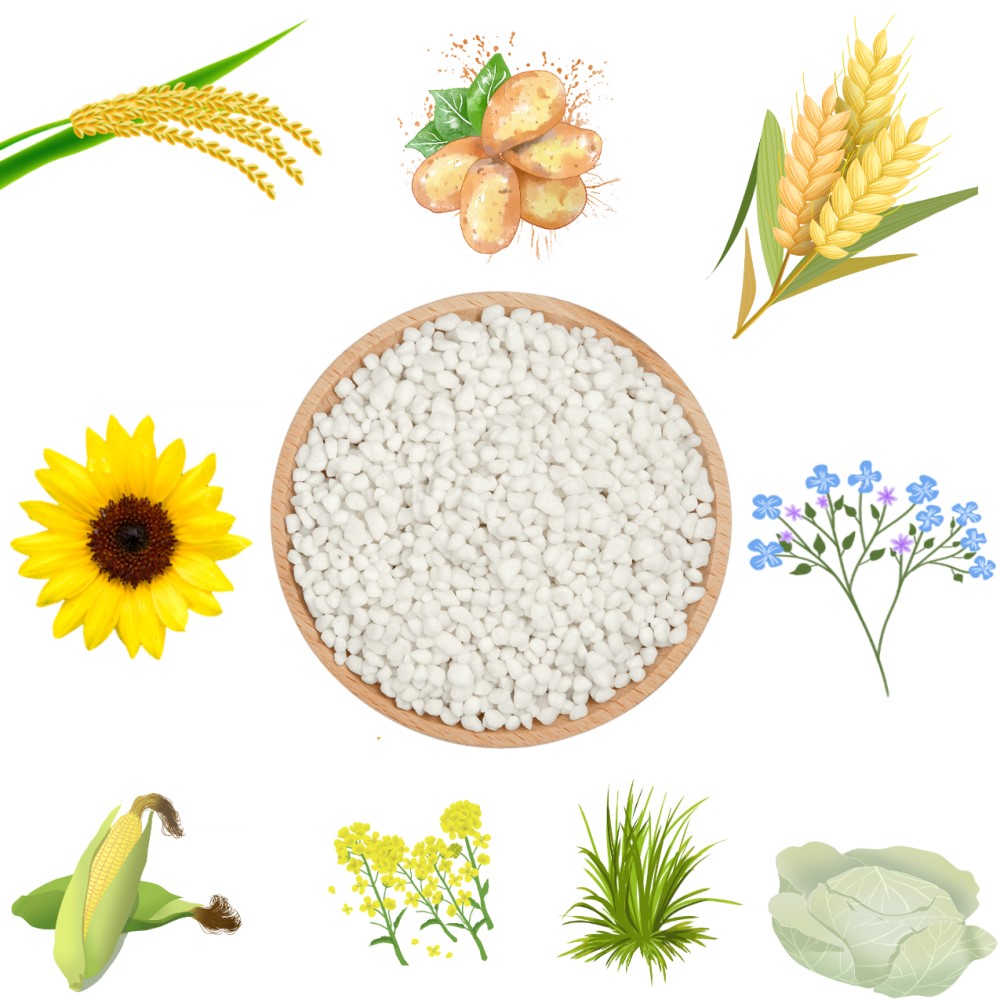
Potato, Rice, Flax, Cabbage, Maize, Winter grain, Forage grasses, Winter rape seed, Sunflower

